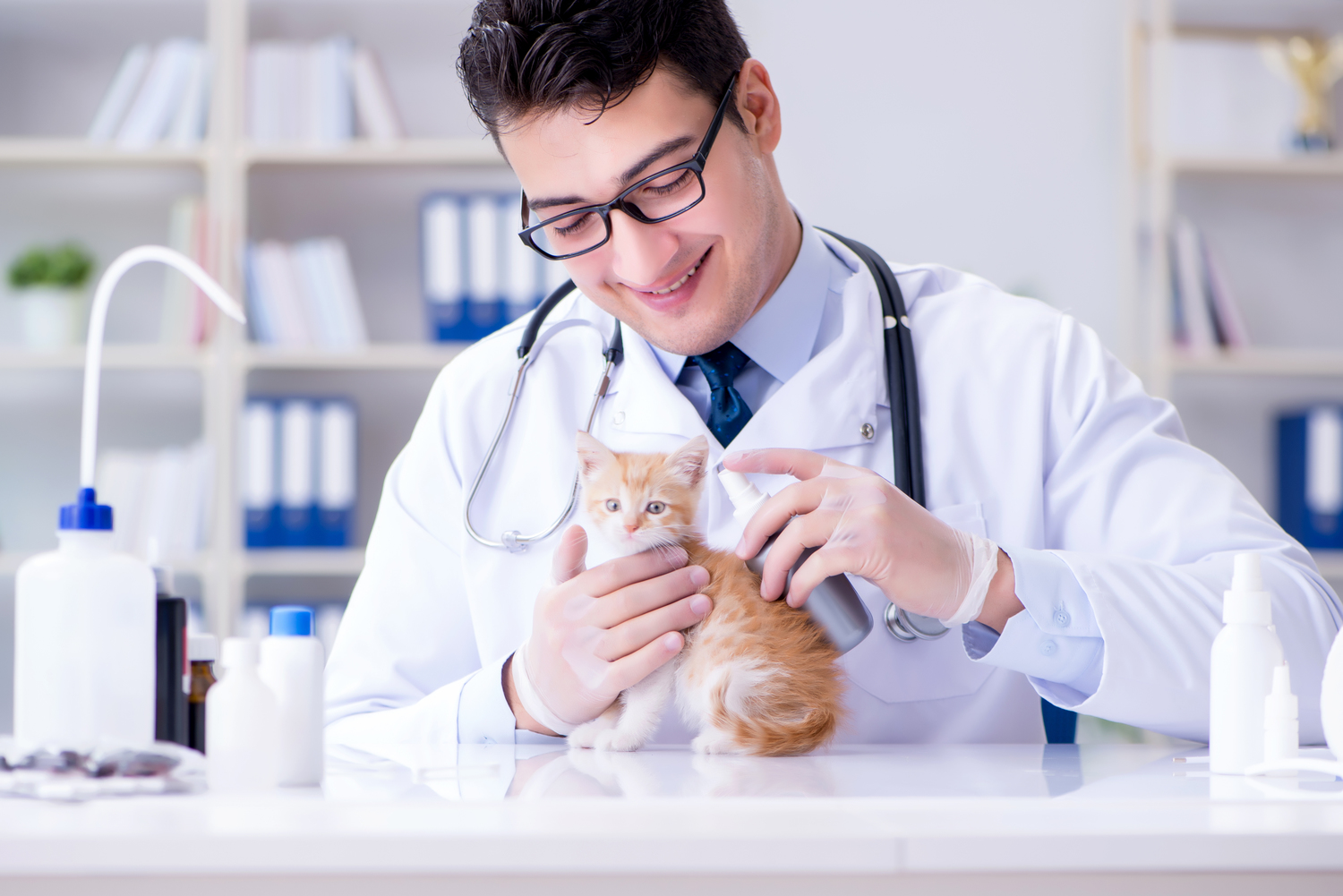
Tips for Healthy Cat Treating
Cat treats come in a variety of shapes, sizes, colors, and consistencies and are widely available at every retail outlet and online. This huge availability and product selection does not make the choice easy for pet parents looking for healthy cat treats as an option for their cat. This can be especially troublesome for cats who suffer from health issues such as diabetes mellitus or feline obesity, which both require special diets. Due to this, pet parents should ensure they do research and decide what will work best for their individual cat:
1. Treat in moderation
Overeating or overfeeding is one of the most common causes of feline obesity and complications stemming from diabetes mellitus. It is important that regardless of any known health concerns, that each cat is given treats in moderation to avoid excessive weight gain. Excessive weight gain can cause health complications such as those mentioned above and pressure on joints that could limit a cat’s mobility. Pet parents should follow the dietary recommendations on each treat package or the directions given by their veterinarian in the case of a pet on a special diet plan. Following the provided recommendations will help to maintain a healthy weight.
2. Affection
Affection is a great way of showing your cat you care and spoiling them. You don’t have to provide them with treats time and again to show your love. Instead, pet parents can spend one on one time playing with and providing affection for their cat. Physical affection is more likely to build up a bond with a cat than any amount of treats will.
3. Research ingredients
When deciding which treat to give a cat, pet parents should read the ingredient labels and nutrition facts to determine what they are giving their pet. When choosing to treat with human food rather than commercial treats, owners should make sure they are sticking within the cats dietary needs. Lean pieces of meat are generally acceptable, but like regular treats should be given in moderation.
4. Behavioral training
One common reason treats are used with cats is to encourage a particular behavioral trait, such as housebreaking, nail trimming or bathing, and medication. As long as this practice is done in a responsible way, it generally will not provide harm to the cat’s health and can help to cement those positive behaviors into place. Just like the above mentioned tips, moderation is the key here as well. Cats should not be given a handful of treats in response to a desired behavior, proper portions should still be used.
5. Consult with a veterinarian When in doubt about what treats are safe for a cat, especially if they are on a specialized diet plan or there are concerns about obesity, a licensed veterinarian should be consulted. A veterinarian can make recommendations based on a cat’s diet and known health factors and help guide a pet parent in the right direction when it comes to choosing healthy cat treats.




